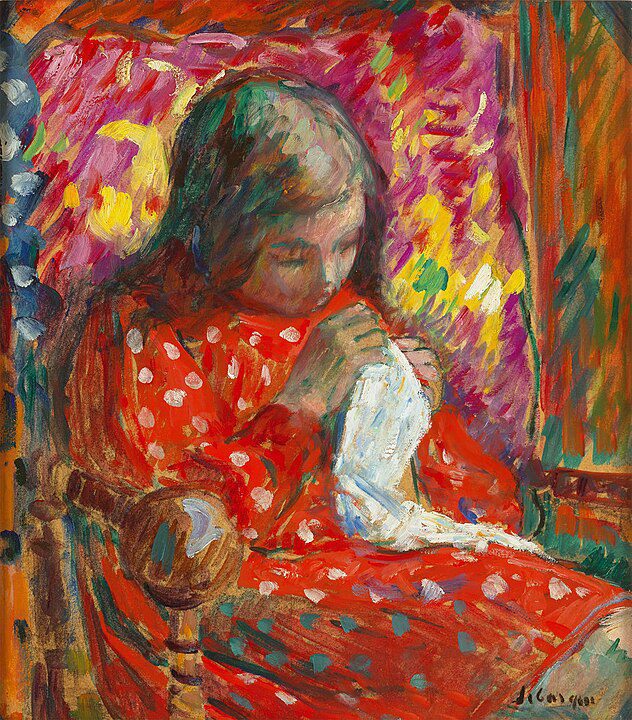
Henri Lebasque (1865–1937) was a French post-impressionist painter known for his vibrant use of color and his intimate, peaceful portrayals of family life, landscapes, and interiors. Born in Champigné, France, Lebasque’s artistic journey began at an early age, leading him to study at the École des Beaux-Arts in Paris. Here, he was influenced by the traditional academic painting style, but it was his encounters with the Impressionists and Neo-Impressionists that truly shaped his artistic direction.
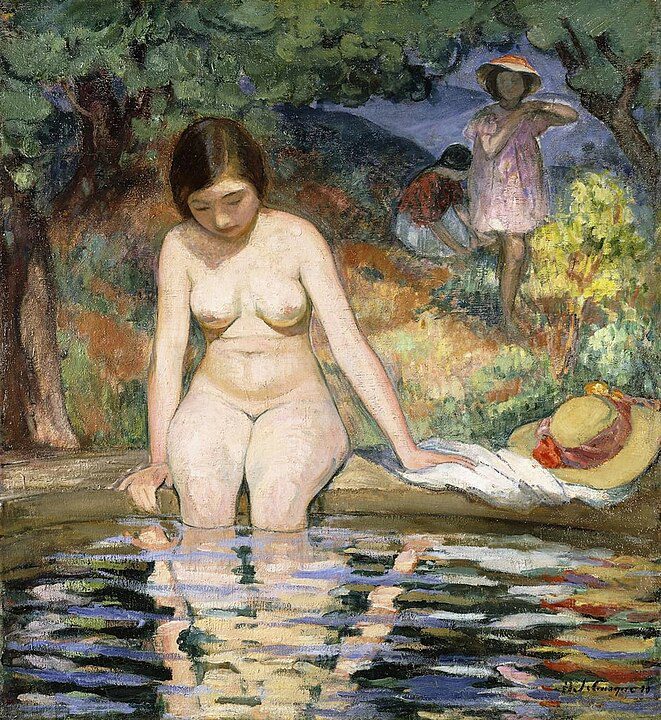
Lebasque’s work is often celebrated for its luminous palette and delicate handling of light, which he used to capture the ephemeral moments of daily life. He was a painter of the joy and simplicity of life, depicting scenes that radiate with warmth and comfort. His subjects, often set in domestic environments or sun-drenched landscapes, convey a sense of serenity and harmony that was characteristic of his approach to art.
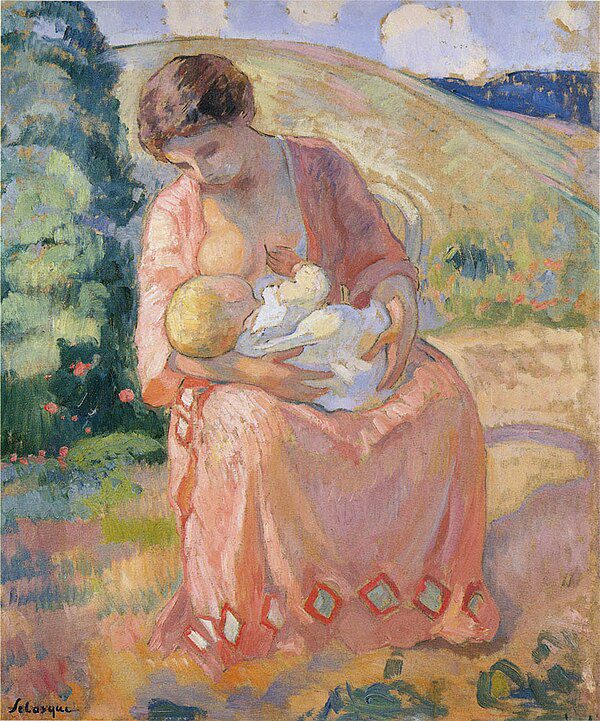
Throughout his career, Lebasque collaborated with other artists and participated in the vibrant artistic community of his time. He was a member of the Salon des Indépendants and later joined the Salon d’Automne, where he exhibited regularly.
Center of it all
His association with these salons placed him at the heart of the artistic innovations occurring in Paris at the turn of the 20th century, allowing him to engage with the evolving trends of modern art.
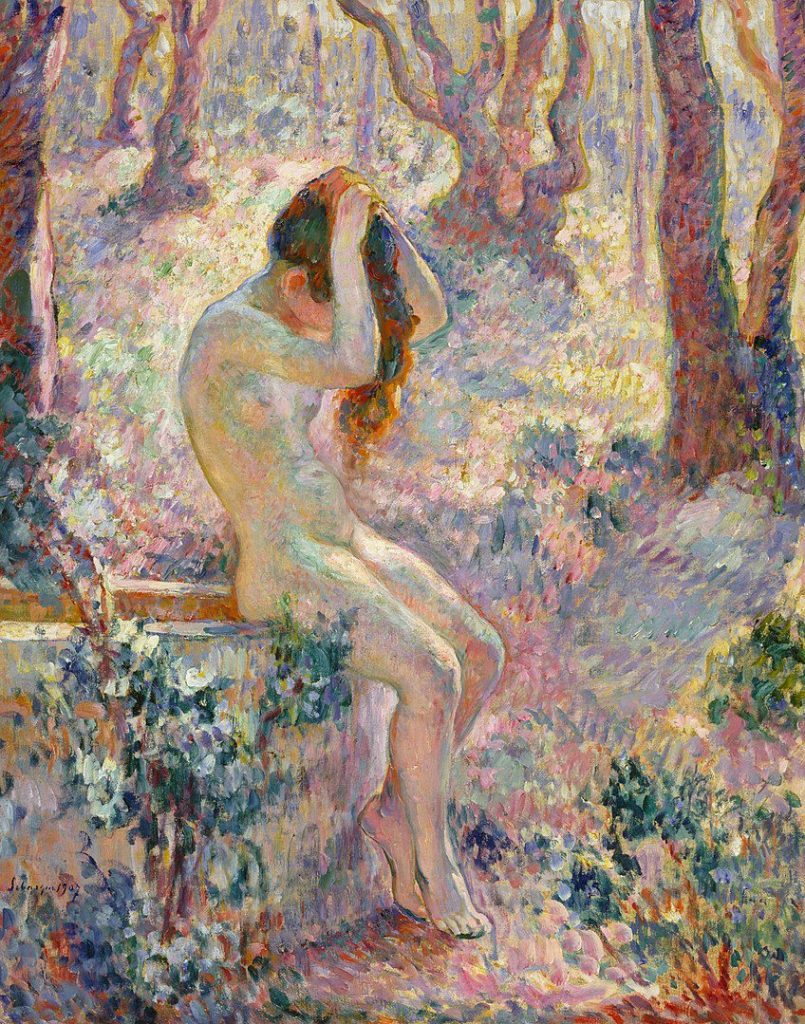
One of the defining features of Lebasque’s work is his masterful use of color to convey mood and atmosphere. Influenced by the Impressionists‘ interest in capturing the effects of light, Lebasque developed a palette that was rich and nuanced, using color to evoke the sensory pleasures of the visual world. His landscapes and interior scenes are imbued with a sense of tranquility and a deep appreciation for the beauty of his surroundings.
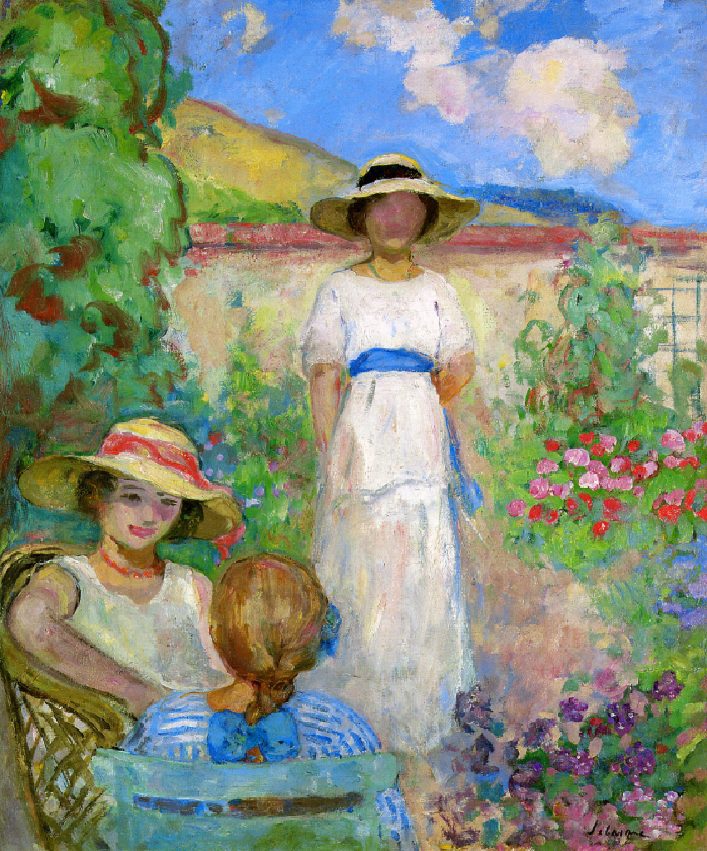
Lebasque’s interest in depicting domestic life led him to create numerous portraits and scenes featuring his family and friends. These works are notable for their intimate portrayal of personal moments, rendered with a tenderness and affection that is palpable. His paintings of his wife and children, in particular, reveal a sensitive observation of character and a deep familial bond that adds a personal dimension to his oeuvre.
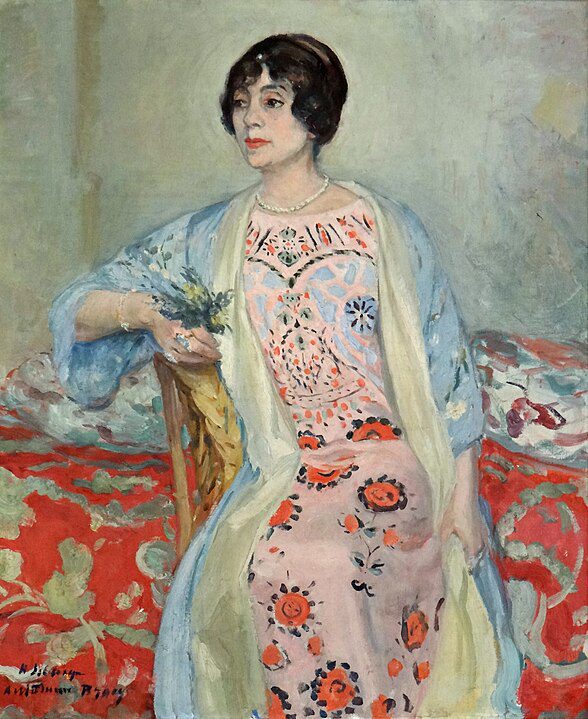
In addition to his paintings, Lebasque was also accomplished in the fields of book illustration and decorative arts. He contributed illustrations to various publications and worked on decorative projects that showcased his versatility and creative vision. These endeavors reflected his belief in the integration of art into everyday life, a principle that resonated with the broader aims of the Arts and Crafts movement.
Lebasque’s later years were marked by a continuous refinement of his style and technique, with an increasing emphasis on the interplay of light and color. He spent much of his time in the South of France, particularly in Le Cannet, where the luminous landscape further inspired his exploration of color. The region’s vibrant light and vivid colors had a profound impact on his work, leading to some of his most celebrated paintings.
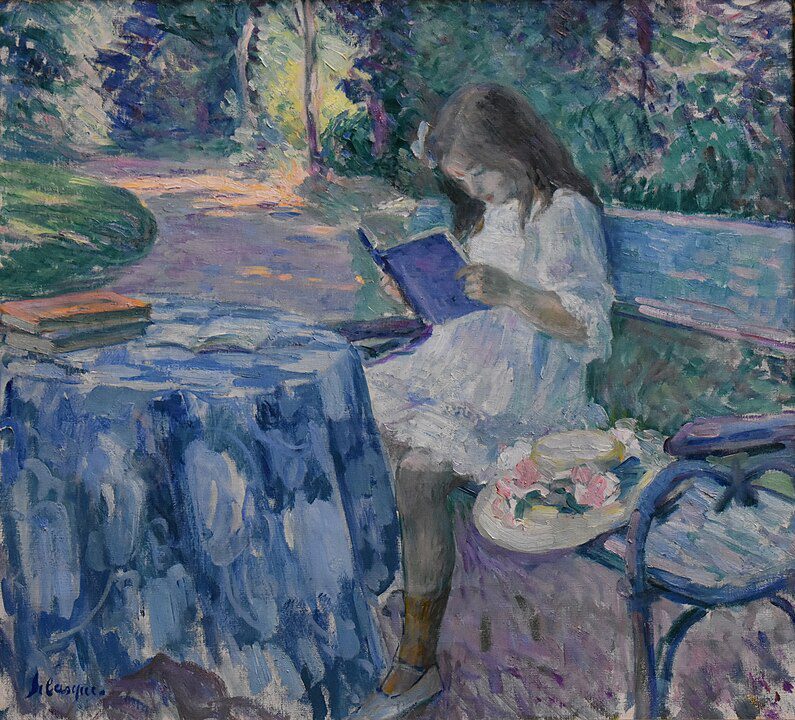
Despite the changes in artistic trends over the course of his career, Lebasque remained committed to his vision of painting as a celebration of life’s simple pleasures. His work never strayed into the more abstract or conceptual territories explored by some of his contemporaries. Instead, he forged a path that was both personal and universal, creating works that resonate with viewers for their beauty, humanity, and emotional depth.
Honors & Achievements
Henri Lebasque’s contributions to art were recognized during his lifetime, and he was awarded several honors that acknowledged his achievements. Today, his paintings are held in numerous public and private collections worldwide, attesting to his enduring appeal and significance in the history of French art.
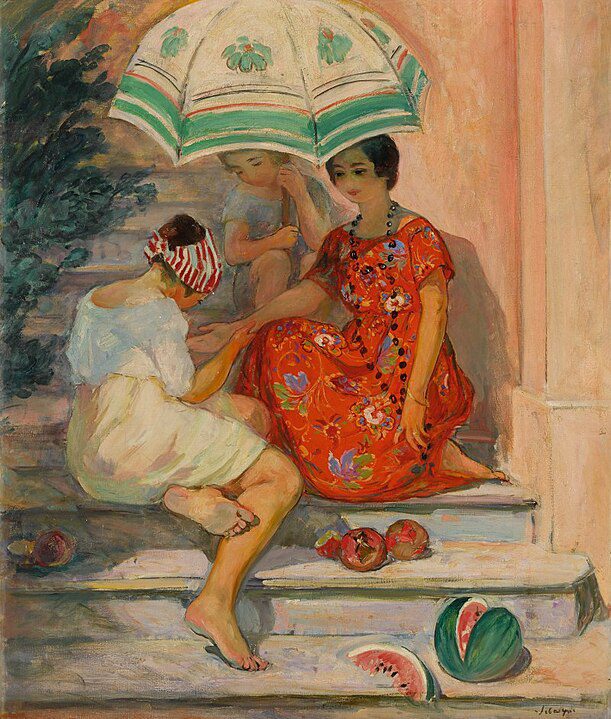
In conclusion, Henri Lebasque’s legacy as an artist lies in his ability to capture the beauty and joy of everyday life through his exquisite use of color and light. His work invites us into a world where the simplicity of domestic life and the beauty of the natural world are celebrated with a quiet, profound appreciation. Lebasque’s paintings are a testament to his belief in the power of art to convey the richness and fullness of human experience, making him a cherished figure in the annals of post-impressionist painting.




